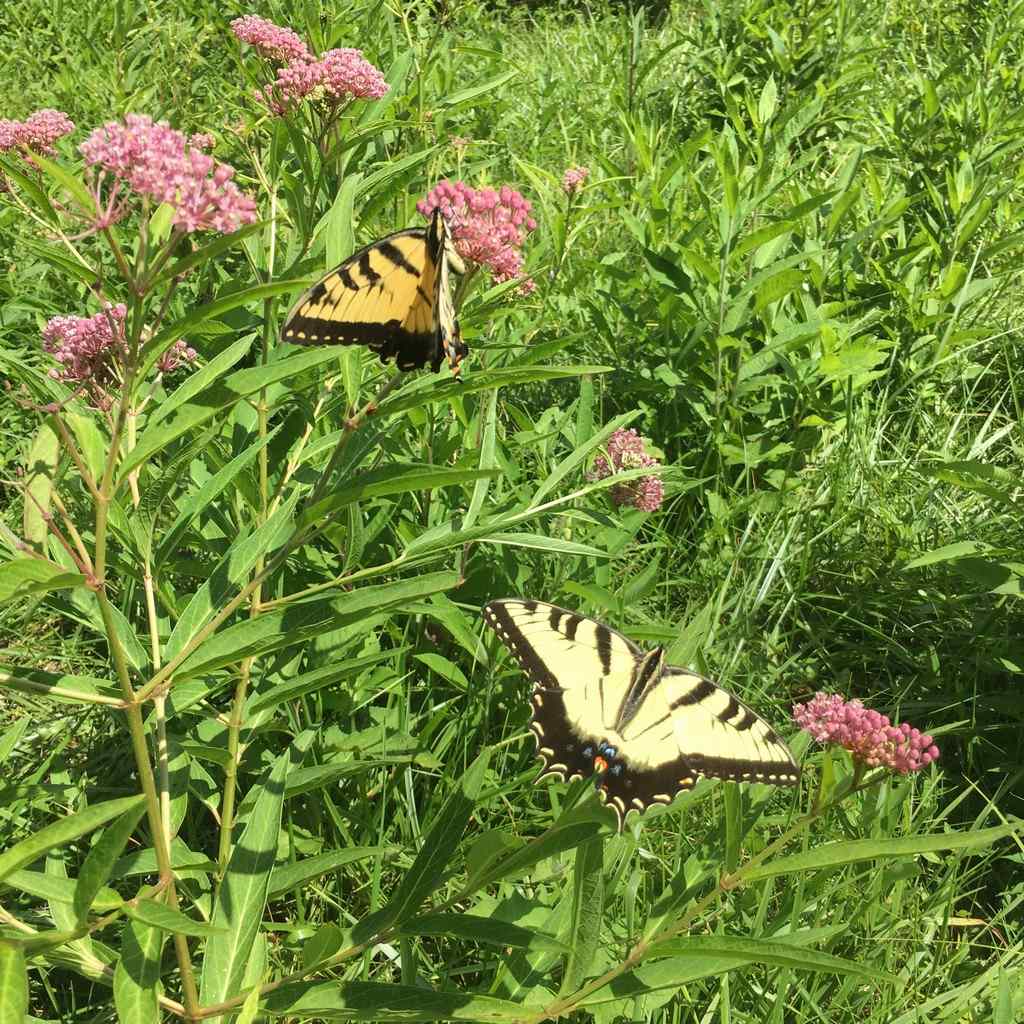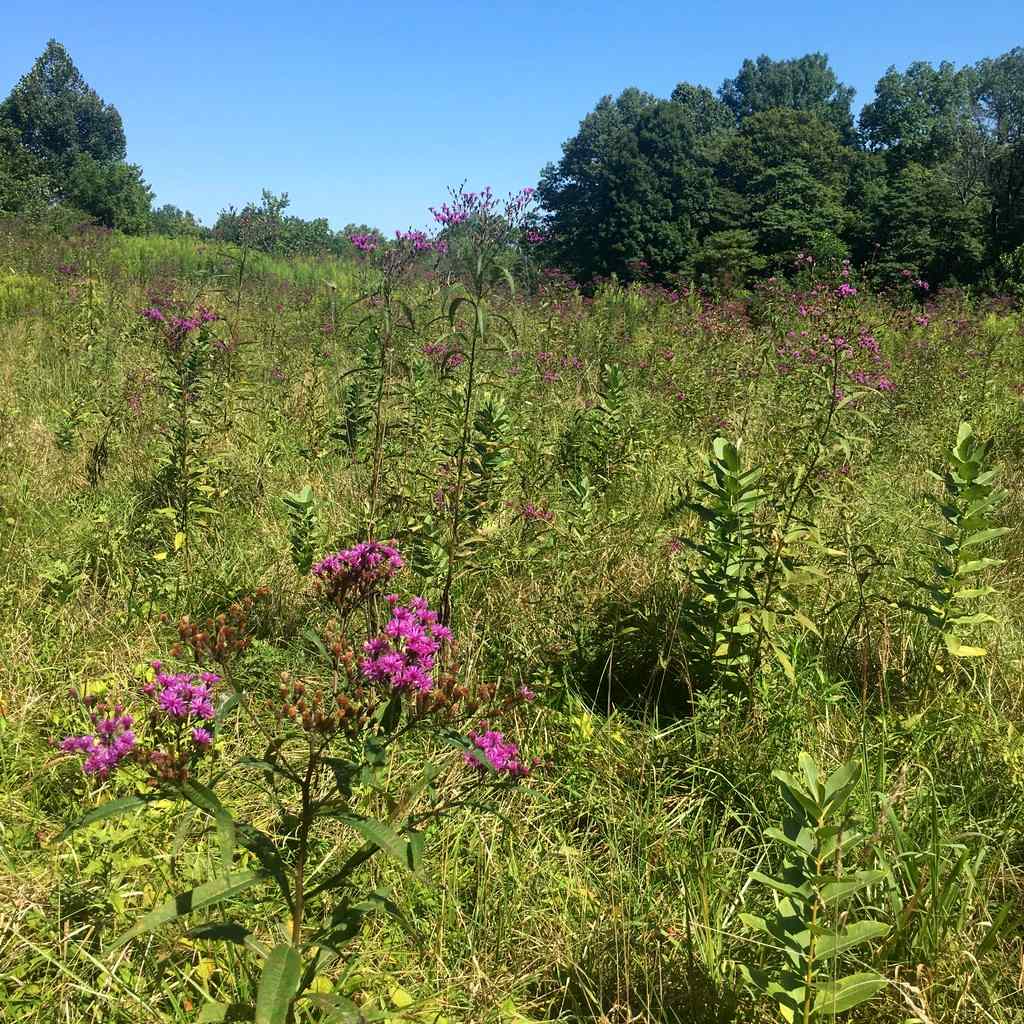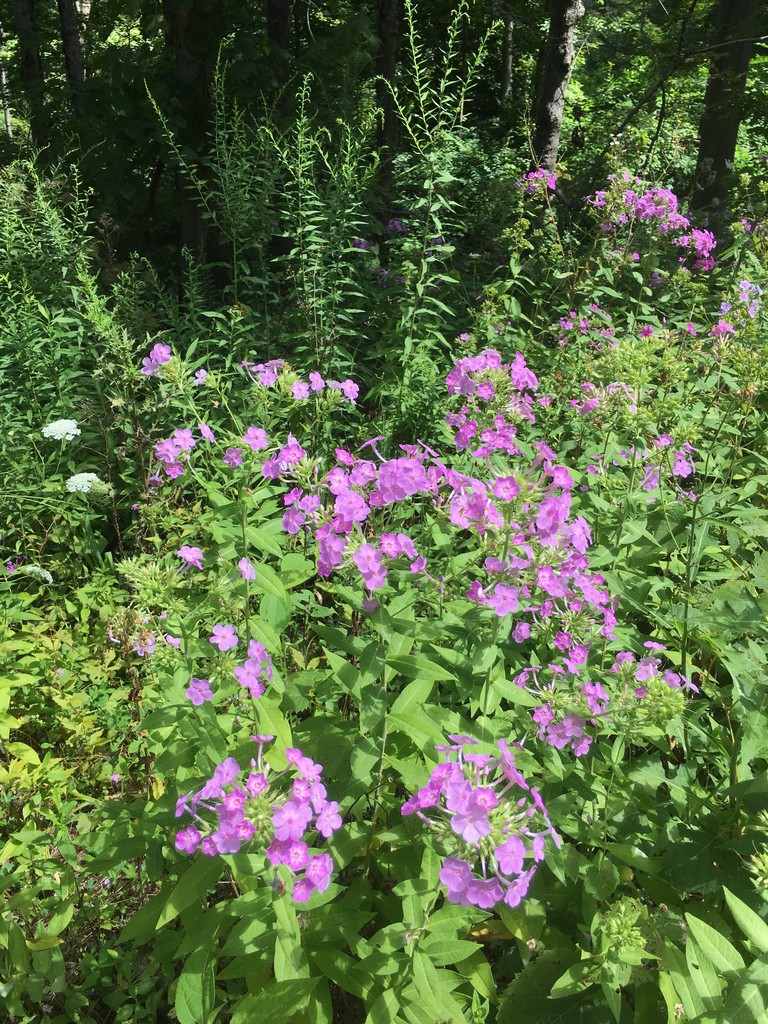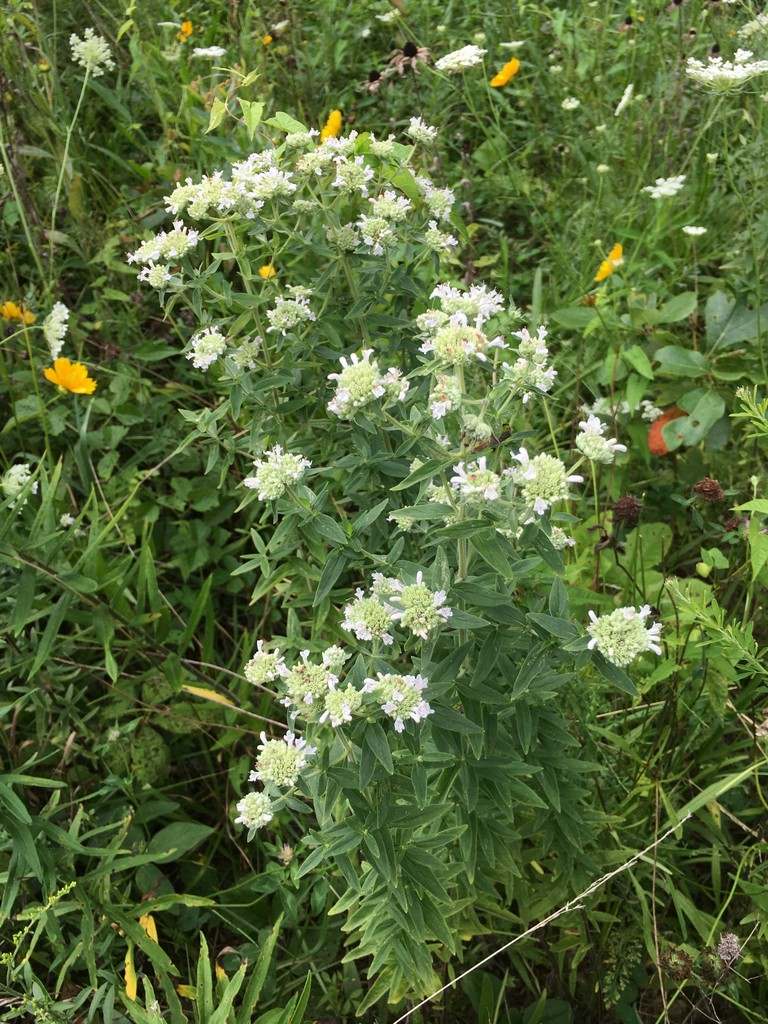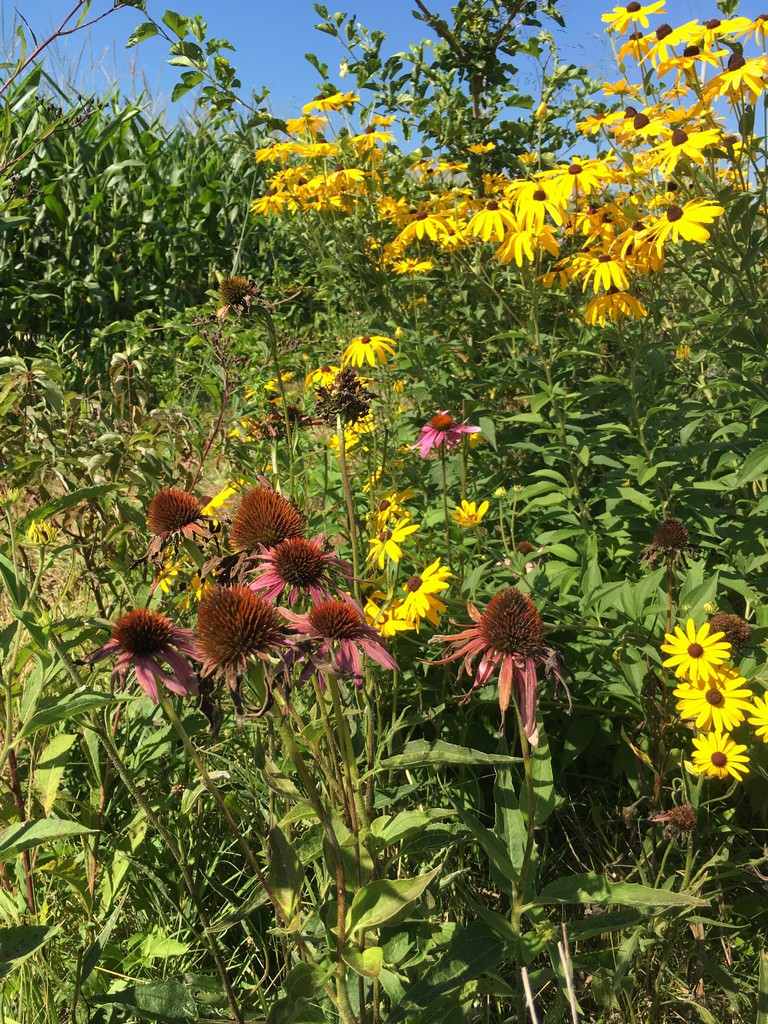Posted on , only several weeks after I moved to Indiana, pictures taken in August 2017, originally on www.czechgardener.com
First nature observations
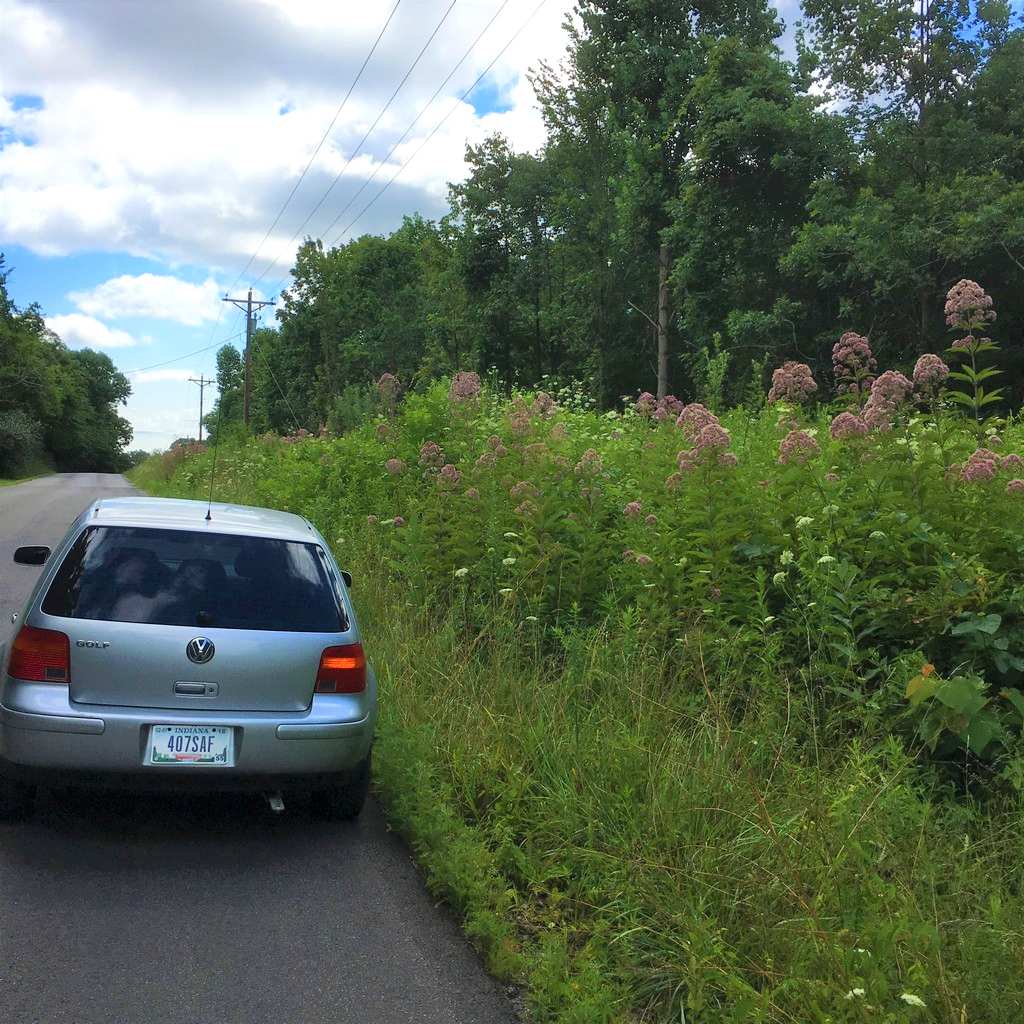
Hallo,
observation,…I was thinking this has to be another topic to bring, but there is so much to observe and discover that it’s hard to do it after so short time.
Of course I had to start with the nature observations, why? What a question! The reason is that simple that lots of Hoosiers overlook it. Native plants in Indiana and most Midwest are the basic stones of the most flower beds in Europe. Just imagine sunny european flower bed without Rudbeckia fulgida (Black Eyed Susan), Echinacea purpurea (Purple Coneflower), Agastache anisata (Anise Hyssop) Eupatorium purpureum (Joe Pye Weed), Vernonia (Ironweed), Veronicastrum virginicum (Culver’s Root), Coreopsis (Tickseed) , Physostegia virginiana (Obedient Plant), Helenium autumnale (Sneezeweed), Liatris ssp. (Blazing Star), Baptisia (Wild Indigo), Heliopsis scabra (Early Sunflower), Helianthus ssp. (Sunflower), Monarda (Bee Balm), Phlox paniculata or Aster ssp. …and many many more that are used less and their future is possibly to come.
Asclepias incarnata in wet meadow / Phlox paniculata - nataural variations
|
| |
|
|
Rudbeckia subtomentosa along the road / Asclepias tuberosa in dry meadow
Why is all of that? Well, lots of North American species bring wonderful summer and late summer aspect of flowering, lots of the prairie plants are structural tall plants, they’re perfectly hardy and survive hot and drier summer periods. And their look brought unusual design feature too.
So not surprisingly lots of them became object of systematical hybridization and some plants happen to be one of the most favorite plants (Phlox paniculata, Coreopsis, Heliopsis, Heuchera, some are considered traditional “grandmother’s flowers” or cottage garden flowers. A lot of them find their home in our gardens an yards, and are fully naturalized there.
Vernonia sp. in old pasture
| |
Shade loving plants are used less, but have to be mentioned too – Geranium maculatum (Wild Geranium), Adiantum pedatum (Maidenhair Fern), Actea racemosa, Aquilegia canadensis (Columbine) and definitelly Heuchera (Coral Bells), ferns like Matteucia struthiopteris, etc.
So, if you struggle with older silver Volkswagen Golf, driving slowly in front of you, a bit unsafe on country roads, it is not an old lady, it's me driving and watching the native plants. Agreed, this is my first time when I can see some of these plants in their natural habitat and their homeland. That brings me inexpressible happiness and pleasure, probably like discovering the Holy Grail.
Phlox paniculata - moist woodland edge / Pycnanthemum pilosum (Morgan county)
|
|
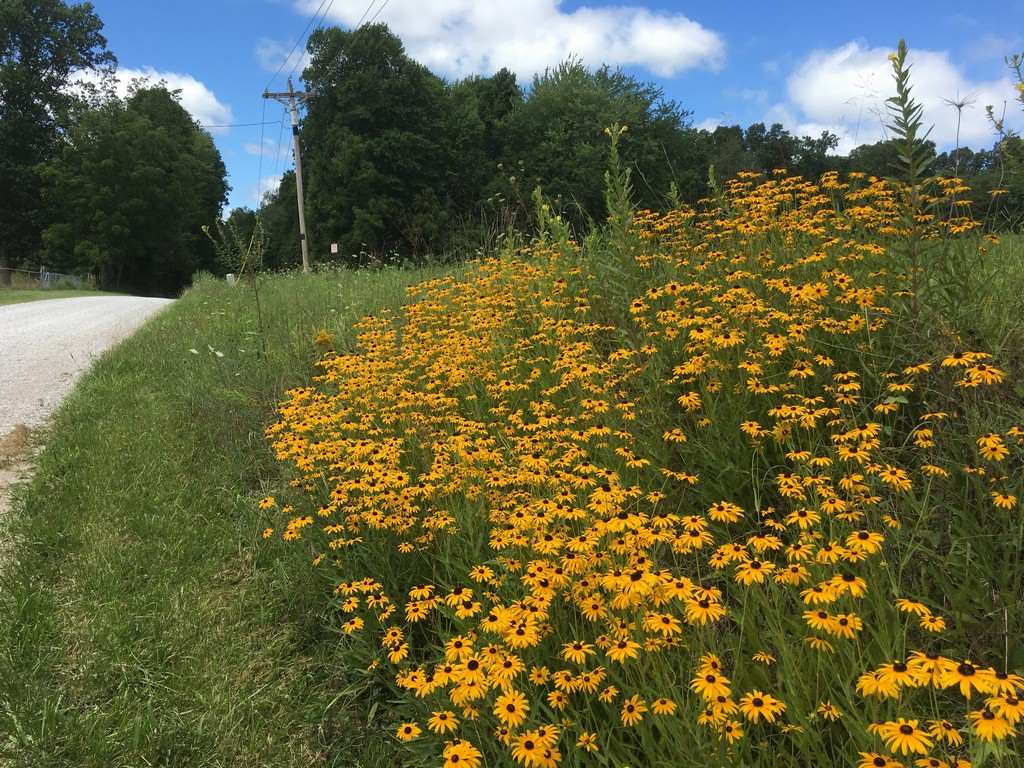
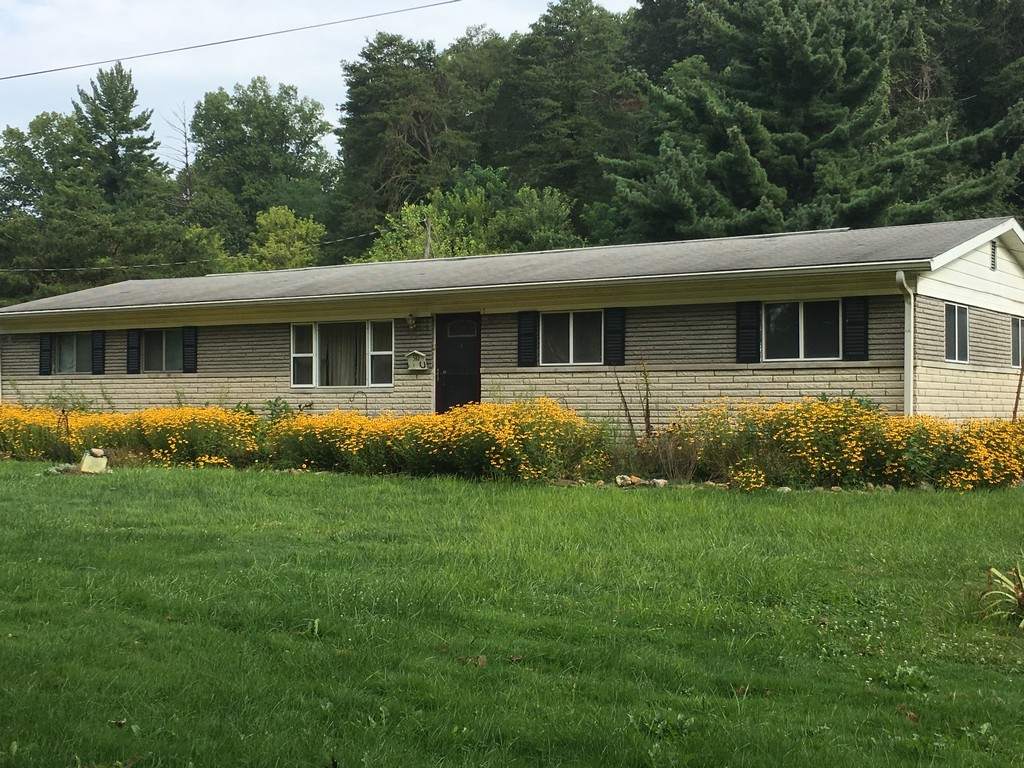
Echinacea purpurea, Rudbeckia subtomentosa along the road / Conoclinum coelestinum (Eupatorium) in wet shade (Morgan County)
|
| |


